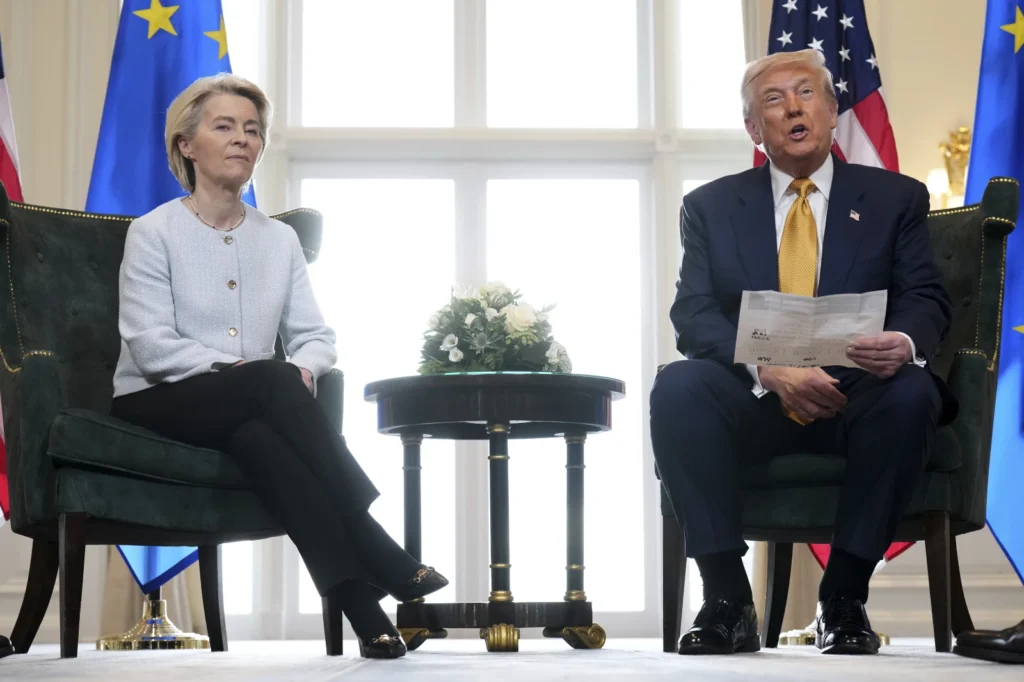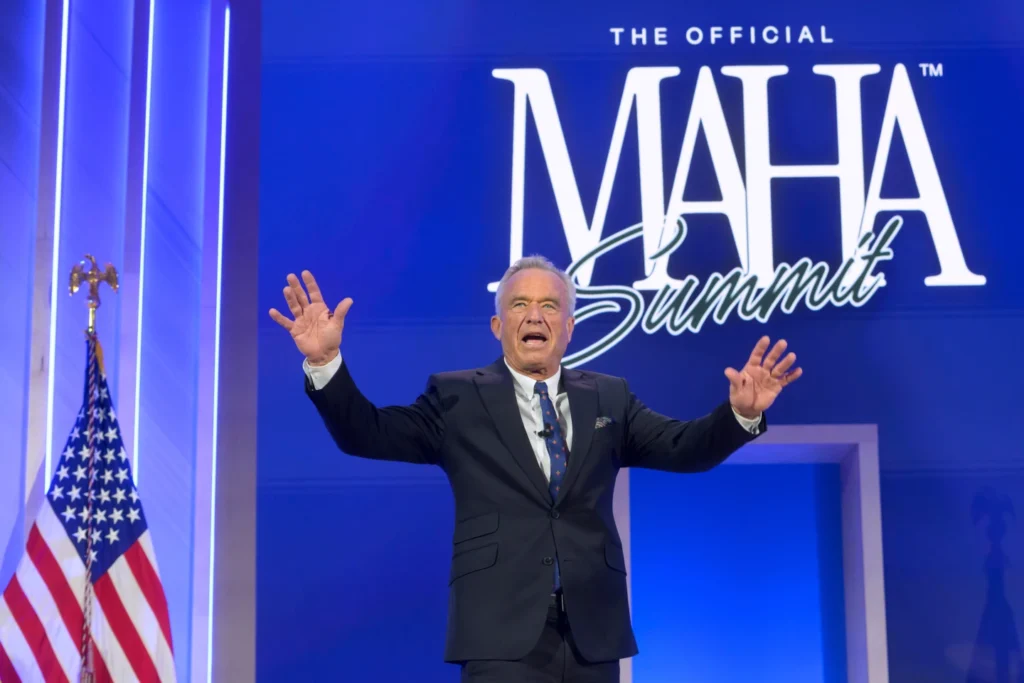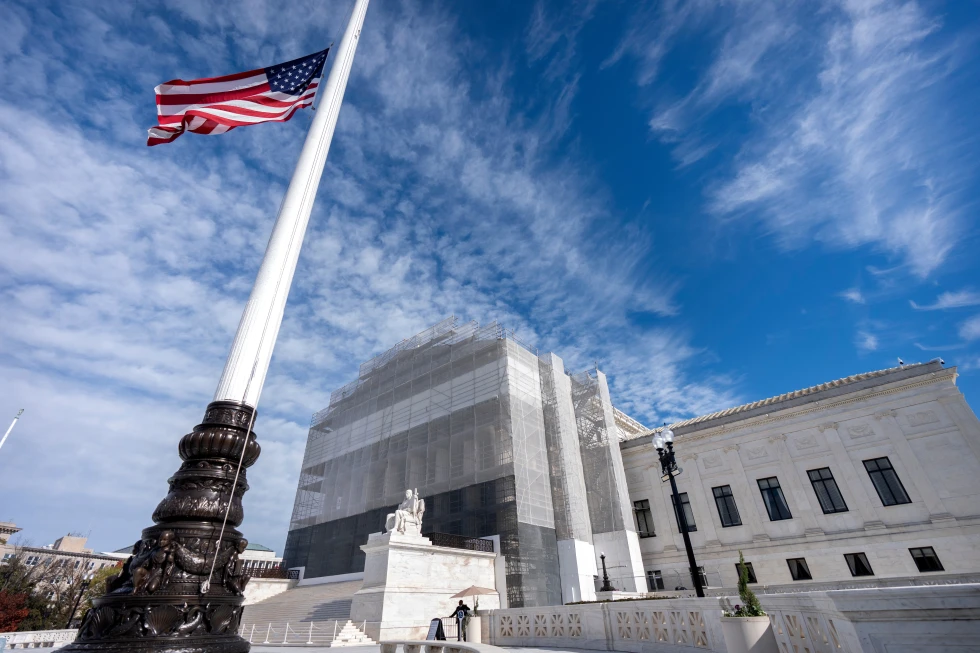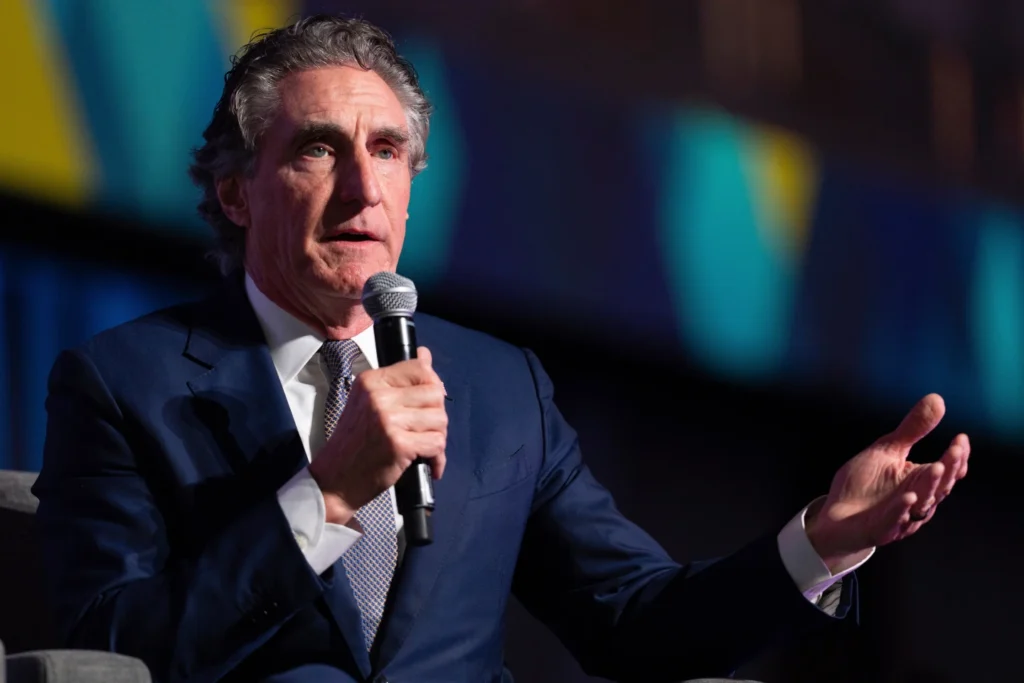Trump world economy strategy 2025 faces risk to growth

Trump World Economy Strategy 2025: Growth Risk Could Undermine Trade Victories
President Donald Trump is finally getting the Trump world economy strategy 2025 he has long envisioned. Major trading partners are caving to U.S. pressure, accepting higher tariffs in exchange for continued access to the American market.
However, while Trump is securing favorable trade deals, economists warn that the price of these wins could undercut long-term growth and hurt U.S. consumers.
Global Partners Accept High Tariffs to Avoid Bigger Conflict
On Sunday, the U.S. and the European Union announced a new trade framework. Under the agreement, the EU will accept 15% tariffs on most of its goods. In return, it committed to $750 billion in U.S. energy purchases and $600 billion in new U.S. investments by 2028.
Trump called it “the biggest trade deal of them all.”
Just days earlier, Japan reached a similar deal. Other nations, including Vietnam, Indonesia, the Philippines, and the UK, also agreed to raise their tariffs or face higher penalties after Trump’s Friday deadline.
Markets Stabilize — But Experts See Long-Term Risks
Markets, initially alarmed by Trump’s protectionist stance, have adjusted to the new trade environment. Revenues from import taxes are flowing into the Treasury and may help offset recent tax cuts. The S&P 500, while flat Monday, has recovered from its April drop.
Still, analysts remain cautious. Economists warn that the 15% baseline tariff could raise prices, reduce efficiency, and limit the Federal Reserve’s ability to cut rates.
“This is a meaningful drag on growth,” said Daniel Hornung, a former Biden economic adviser.
Trade Deals Lack Clarity and Legal Security
Many details in Trump’s agreements remain vague. For instance, the U.S. and Japan have issued conflicting statements on a $550 billion Japanese investment pledge.
Commerce Secretary Howard Lutnick dismissed criticism, posting on X: “Where are the ‘experts’ now?”
Yet, court challenges are emerging. In May, a federal court struck down tariffs imposed under a national emergency declaration. The administration is appealing, but the uncertainty remains.
China Still Holding Out
While Trump has brokered deals across Europe and Asia, China has yet to yield. Talks are underway in Stockholm, but Beijing continues to leverage its control over critical exports like rare earth minerals.
This standoff could delay any final trade victory, especially as China avoids heavy tariffs and uses retaliatory threats to gain leverage.
Tariffs May Weaken U.S. Consumer Power
Although the White House insists foreign companies are absorbing tariff costs, experts say this won’t last. U.S. auto dealers, for example, stocked up before tariffs took effect. Now, as inventories thin, higher prices may reach consumers.
“Replacement vehicles will likely carry higher price tags,” Morgan Stanley analysts warned.
Mary Lovely of the Peterson Institute highlighted the rising complexity for American businesses: “Tariffs now vary by country. Firms must redesign supply chains, increasing costs and reducing efficiency over time.”
Mark Zandi from Moody’s Analytics added, “The effective U.S. tariff rate has jumped from 2.5% to 17.5%. That’s a massive shift.”
A Political Win With an Economic Shadow
Trump’s world economy strategy for 2025 may be a short-term political success. Countries are making concessions. Stock markets have stabilized. His administration is taking a victory lap.
Yet many economists remain skeptical. They argue that the full cost of these tariffs will emerge gradually — through slower growth, higher inflation, and greater burdens on U.S. businesses.
“I wouldn’t take a victory lap,” Zandi said. “The economic damage will mount in the coming months.”
Source: AP News
: 170







